I finally went through two more questions, and these were regarding the employment that is connected to the Farmer's Market in Cotacachi, Ecuador. The more I get into the data, the happier I am to be part of something so positively impactful for the community.
Highlights:
- 157 people work directly at the Farmer's Market each market day.
- Companies participating employ a total of 288 people.
- Some vendors use the market more for exposure than sales.
- There is no significant correlation between Revenue and Employees.
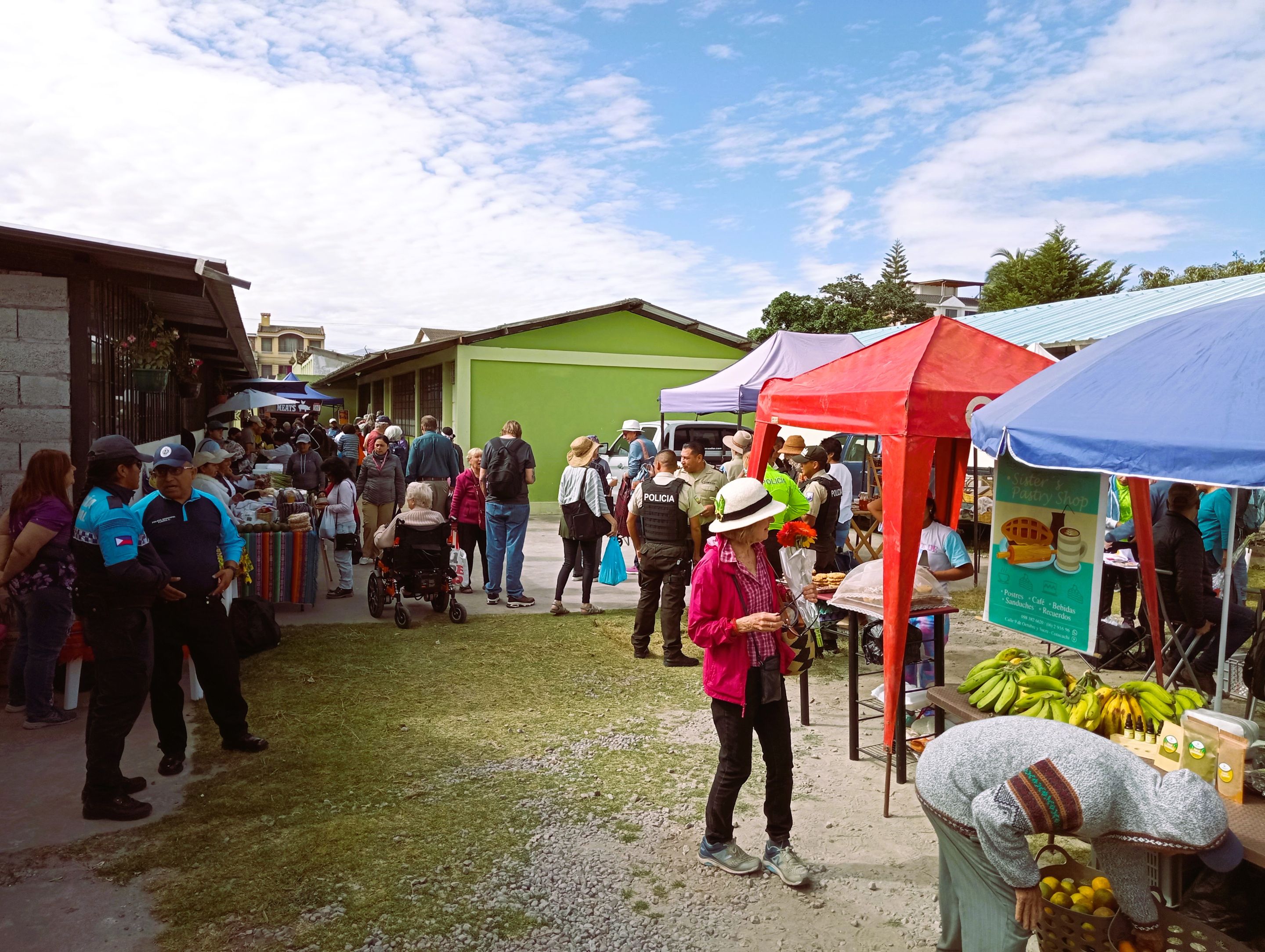
Chapter 1 - Our little Farmer's Market
Chapter 2 - Hopeful Correlations
Generated Work
Another two questions where focused on how much work the Farmer’s Market directly generates, and how many workers are in the businesses that sell at the Farmer's Market. While most booths operate with very few vendors, there generally is a team behind each vendor, depending on the product that they sell.
Question 1
How many people work at your booth?
[ _ ] 1
[ _ ] 2
[ _ ] 3
[ _ ] 4 or more
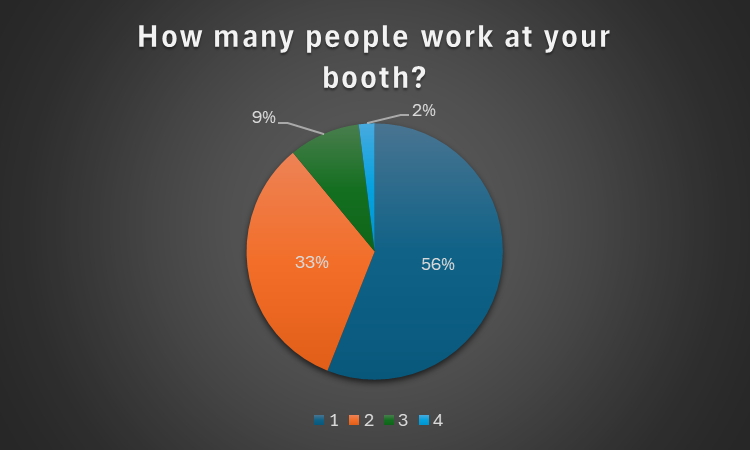
The majority of booths have 1 person working behind the table, which is visible at the market. Only 11% have 3 or more people working the day, and it is probable that those are also the booths with most revenue and clients.
Since the answers are definitive and not ranges, we can say that we employ at least 157 workers directly for each day that the market opens. Though most people are self-employed, some also send employees to sell for them, but from observation, that is the minority.
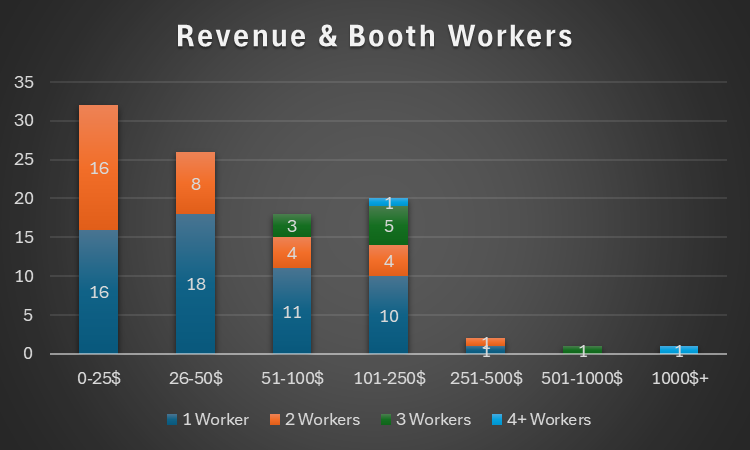
Reviewing the connection between Revenue and Booth Workers it’s interesting that the first two segments of revenue are made up by booths with one or two people working. From observations it can be stated that some vendors come with relatives, husband and wife for example, or children that help, too. Ecuador is very family oriented, so it would be interesting to see the connection between nationality and workers at a booth later.
Interesting is also that the 251-500$ range is managed by very few workers, one being solo, the other being two workers. That is likely due to selling high revenue items, where a high revenue is achieved with few sales, so less booth workers are needed.
Question 2
How many people work in your company?
[ _ ] 1 -2
[ _ ] 3 - 5
[ _ ] 6 - 10
[ _ ] 11 or more
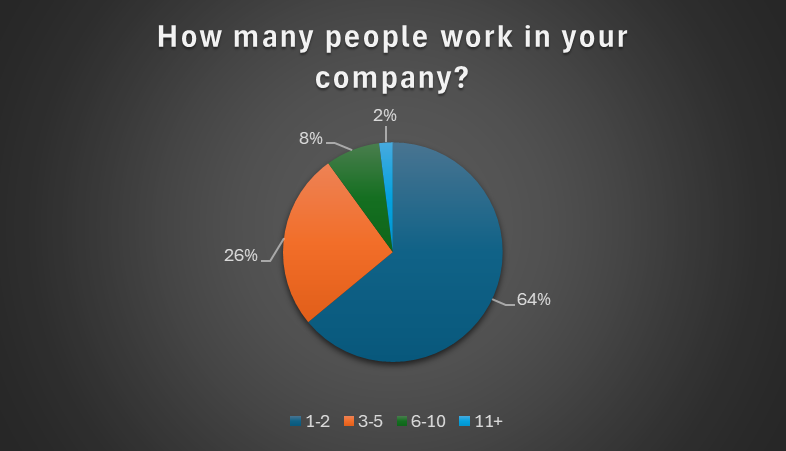
Again, the big majority are very small businesses, mostly families that have a garden and sell their veggies on the market to make a little extra. But there are quite a few whose businesses spread a little wider.
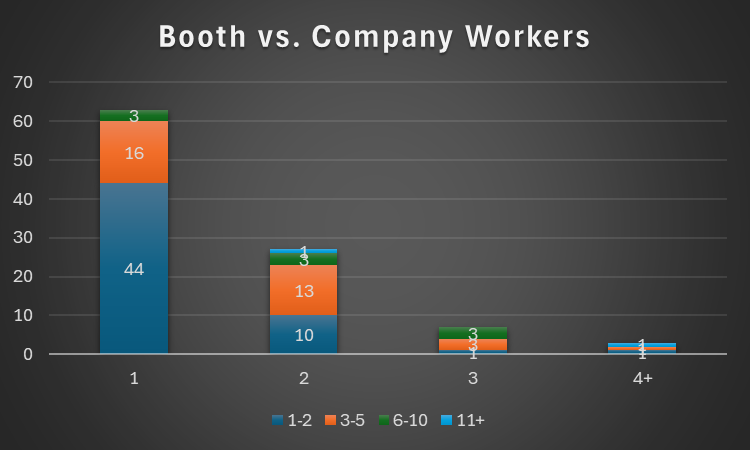
Most ventures with one booth worker also don’t have more total workers. It seems like the question wasn’t always understood perfectly, as two companies have less total workers than booth workers. Still, it’s interesting to see that the teams behind each booth are sometimes surprisingly high.
If we use the median of each range to calculate the number of workers, we get to a total of 288 workers that are directly and indirectly benefitting from the Farmer’s Market. After already knowing that 157 workers are directly active at the market, another 131 workers are behind that as part of a team.
The last census (2010) of Cotacachi came to the conclusion that the city itself has 8,848 inhabitants. Given the expansion of the city, it’s safe to say that at least 10,000 people are living here currently. That means that businesses attached to the Farmer’s Market employ 2,88% of the inhabitants, though that is to be treated with caution as some businesses come from the rural area. The Canton in total has 53,000 inhabitants.
And yet, it’s great to see what a small idea can grow into. Supporting businesses that employ 288 humans is amazing, especially considering the circumstances that Ecuador is in, economically. Every job provided is a new opportunity.

This one is a surprise, as there is no clear correlation, as we will see in the next graph. While the two outliers employ according to their market revenue, others have very little revenue compared to the amount of workers in the company. That leads to the conclusion that the market is not their main source of income at all, but a rather small part. For example, we have a solar energy company that does not generate any direct revenue on the market, but makes contacts and provides information. That is probably the 6-10 Workers with 0-25$ Revenue. They come for exposure, as the market is known to be visited by a culturally and economically diverse group of potential clients.
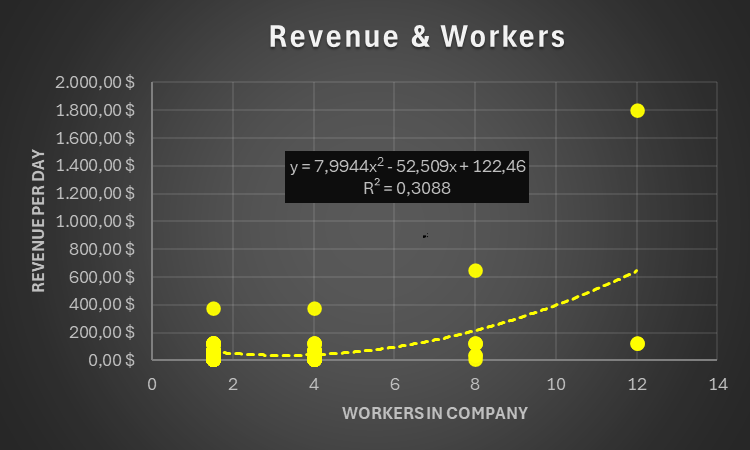
Though the correlation between Revenue and Company Workers is insignificant, this chart is still interesting as it shows the difference in efficiency at the market, how companies use the opportunity given to them. The amount of total workers that are active in the company can give an idea on the potential that it has in selling their products. Usually, a company with many workers also has a higher revenue generation to be able to sustain those workers, which leads to the conclusion that their products do sell well. The question would be – why not at our market?
Conclusion
Generating work locally is one of the goals of the Farmer’s Market. The monetary analysis is one thing, and seeing that impact is encouraging, but the more workers are partially sustained by the market, the higher the total impact on the local economy is. Generating a concentrated revenue for a small business is not the same as a similar revenue for a business with more employees. In general, a higher employee count can be related to higher retention of money within the community, which then empowers the latter economically.
Based on that, this metric as well gives us reason to be hopeful that our little big endeavor is contributing significantly to the wellbeing of our little town.
And that was chapter 3. What do you think? Do you have other interpretations? Or additional ones? Feel free to let me know in the comments!